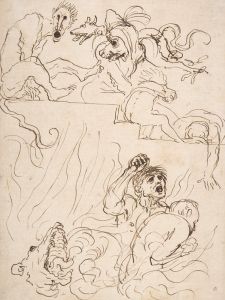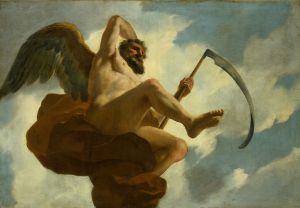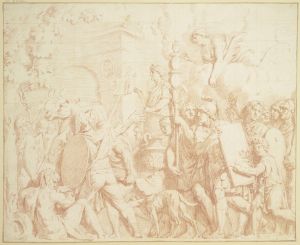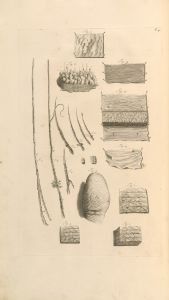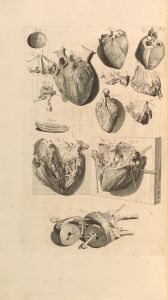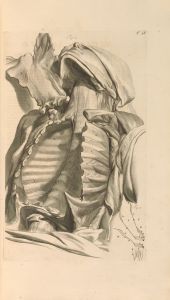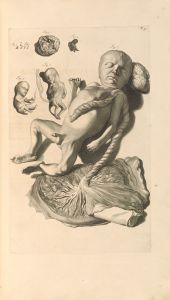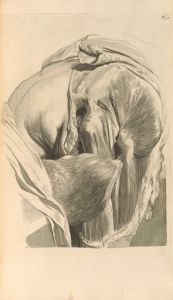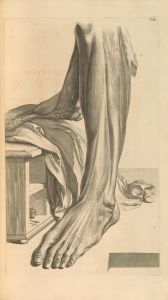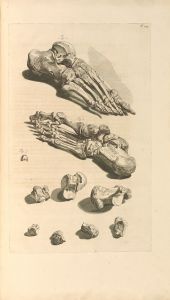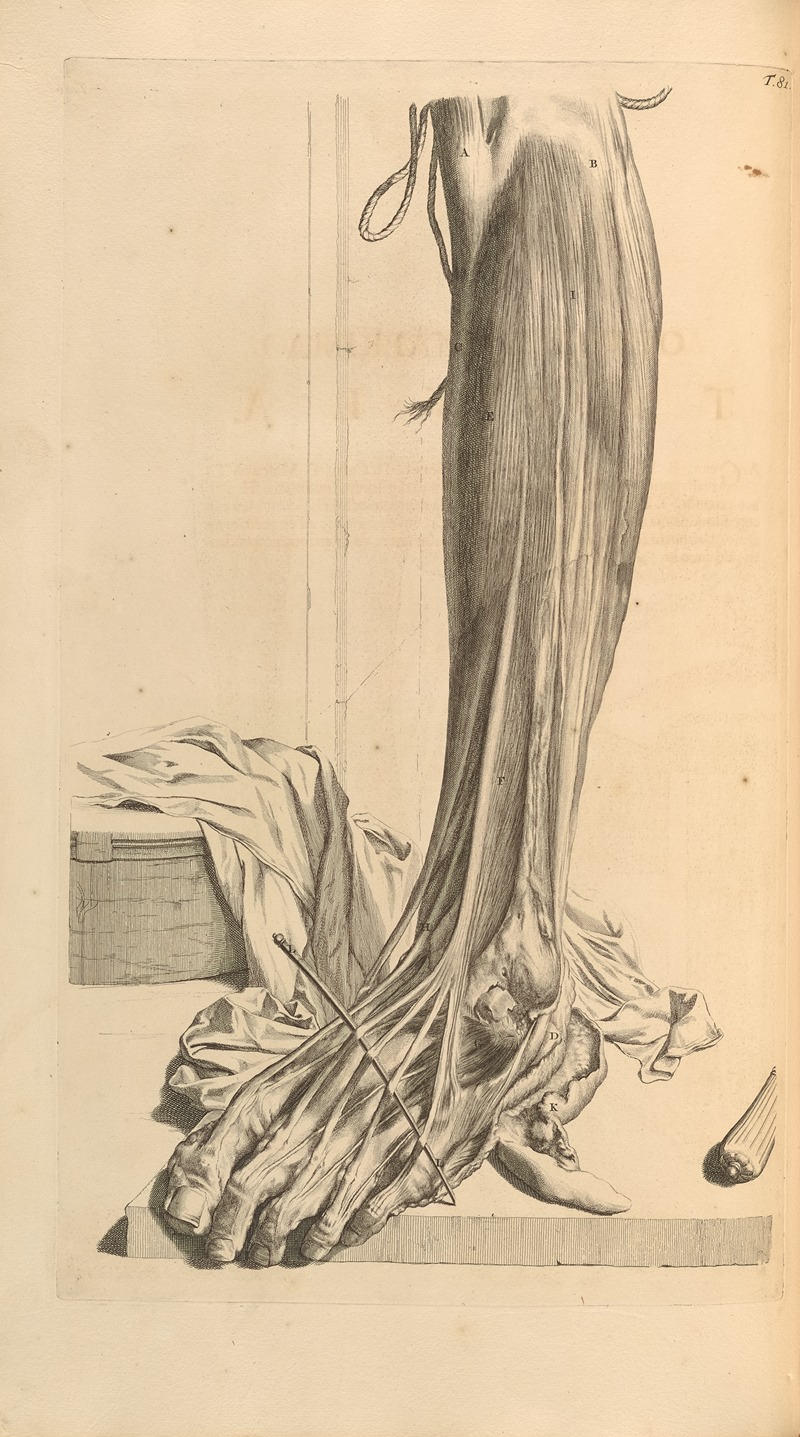
Anatomia humani corporis Pl.082
A hand-painted replica of Gerard de Lairesse’s masterpiece Anatomia humani corporis Pl.082, meticulously crafted by professional artists to capture the true essence of the original. Each piece is created with museum-quality canvas and rare mineral pigments, carefully painted by experienced artists with delicate brushstrokes and rich, layered colors to perfectly recreate the texture of the original artwork. Unlike machine-printed reproductions, this hand-painted version brings the painting to life, infused with the artist’s emotions and skill in every stroke. Whether for personal collection or home decoration, it instantly elevates the artistic atmosphere of any space.
Anatomia humani corporis Pl.082 is an anatomical illustration created by Gerard de Lairesse, a prominent Dutch Golden Age artist and illustrator. This work is part of the larger collection of anatomical plates included in the book Anatomia Humani Corporis (1685), authored by the Dutch anatomist Govard Bidloo. The book is considered one of the most significant anatomical atlases of its time, combining scientific accuracy with artistic excellence.
Gerard de Lairesse was commissioned to create the illustrations for Bidloo's atlas, which featured 105 detailed plates depicting the human body in various stages of dissection. Plate 82 (Pl.082) is one of these illustrations, showcasing de Lairesse's skill in rendering the human form with precision and artistic sensitivity. The plate reflects the scientific rigor of 17th-century anatomical studies, as well as the influence of Baroque art in its dramatic composition and attention to detail.
The collaboration between Bidloo and de Lairesse marked a significant moment in the history of anatomical illustration. Bidloo's text provided detailed descriptions of human anatomy, while de Lairesse's illustrations brought these descriptions to life, offering a visual guide for medical students and professionals. The plates were engraved by Abraham Blooteling and other skilled engravers, ensuring that the illustrations were reproduced with high fidelity.
Despite its artistic and scientific merits, Anatomia Humani Corporis faced criticism from some contemporaries, particularly from the renowned anatomist William Cowper. Cowper later published his own anatomical atlas, reusing many of de Lairesse's plates without proper attribution, which led to a controversy over intellectual property and plagiarism.
Gerard de Lairesse's work on Plate 82, like the other plates in the atlas, exemplifies the intersection of art and science during the Dutch Golden Age. His ability to combine anatomical accuracy with artistic expression contributed to the enduring legacy of Anatomia Humani Corporis as a landmark in the history of medical illustration.





